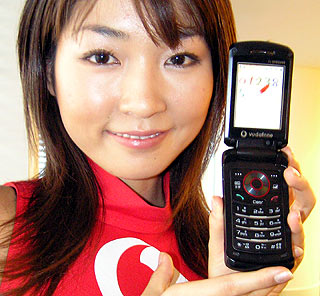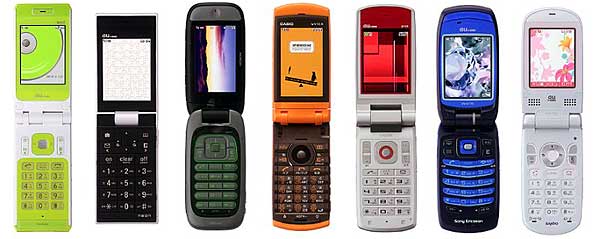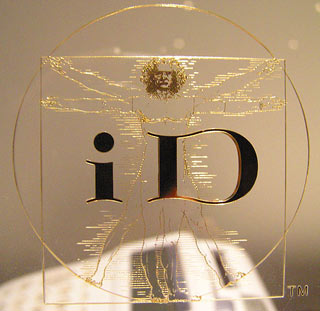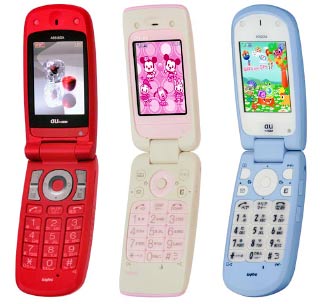 At a Tokyo press conference today, Vodafone Japan announced four new 3G terminals including a model provided by Korean maker Samsung. This is the first Samsung model to become available in Japan. The Vodafone V804SS (image at right) is said to be the world’s thinnest 3G handset and features a 2.3-in QVGA main LCD display, 2 cameras, stereo twin speakers, music features and the “Deru Moji” 3D Pictogram Display. The other handsets include models from Sharp (V804SH), NEC (V804N) and Toshiba (V904T).
At a Tokyo press conference today, Vodafone Japan announced four new 3G terminals including a model provided by Korean maker Samsung. This is the first Samsung model to become available in Japan. The Vodafone V804SS (image at right) is said to be the world’s thinnest 3G handset and features a 2.3-in QVGA main LCD display, 2 cameras, stereo twin speakers, music features and the “Deru Moji” 3D Pictogram Display. The other handsets include models from Sharp (V804SH), NEC (V804N) and Toshiba (V904T).
The devices should be available in the market by mid-March.
With these latest models, Vodafone Japan also introduced three new 3G services: “Deru Moji 3D Pictogram Display,” which enables pop-up 3D animations in received messages and is compatible with the 804SS, 904T and 804N; the “Vodafone live! CAST” service, which delivers “mobile magazines” to handsets overnight and appears to be similar to KDDI’s modestly successful EZ Channel content delivery service (compatible with the 904T and 804N); and, the “Vodafone Address Book,” a service that lets customers back up their handset address book to a network server so information remains safe even when a handset is lost or broken (compatible with the 904T). WWJ subscribers log in for more details and images.



 At a Tokyo press conference today, Vodafone Japan announced four new 3G terminals including a model provided by Korean maker Samsung. This is the first Samsung model to become available in Japan. The Vodafone V804SS (image at right) is said to be the world’s thinnest 3G handset and features a 2.3-in QVGA main LCD display, 2 cameras, stereo twin speakers, music features and the “Deru Moji” 3D Pictogram Display. The other handsets include models from Sharp (V804SH), NEC (V804N) and Toshiba (V904T).
At a Tokyo press conference today, Vodafone Japan announced four new 3G terminals including a model provided by Korean maker Samsung. This is the first Samsung model to become available in Japan. The Vodafone V804SS (image at right) is said to be the world’s thinnest 3G handset and features a 2.3-in QVGA main LCD display, 2 cameras, stereo twin speakers, music features and the “Deru Moji” 3D Pictogram Display. The other handsets include models from Sharp (V804SH), NEC (V804N) and Toshiba (V904T). NTT DoCoMo held a press conference in downtown Tokyo this afternoon
NTT DoCoMo held a press conference in downtown Tokyo this afternoon  Building on the original teen-targeted Sweet handsets first introduced in January 2005, the companies have just announced three new models for release starting 1 February. One of the key features included in the first series was a GPS-aided application that included user location data in email sent from the phone (so that parents would know whether young Yukiko-chan was actually at juku (cram class) — or not). The second gen of these handsets goes a few steps further to include that function as well as the new
Building on the original teen-targeted Sweet handsets first introduced in January 2005, the companies have just announced three new models for release starting 1 February. One of the key features included in the first series was a GPS-aided application that included user location data in email sent from the phone (so that parents would know whether young Yukiko-chan was actually at juku (cram class) — or not). The second gen of these handsets goes a few steps further to include that function as well as the new